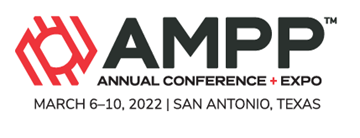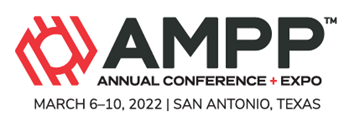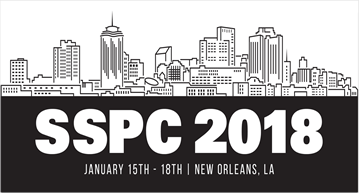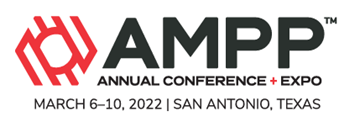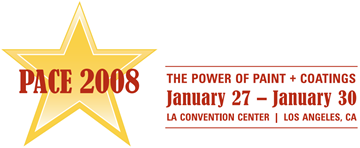Search
Products tagged with 'coating'
View as
Sort by
Display
per page
Corrosion Of Gathering Pipelines In Oil And Gas Field And Its Mitigation Measures In China
Product Number:
51322-17741-SG
Publication Date:
2022
$20.00
Corrosion Protection Status And Countermeasures Of Shield Tunnel Pipeline
Product Number:
51322-17518-SG
Publication Date:
2022
$20.00
Corrosion Susceptibility Prediction and Lifetime Extension of Nuclear Dry Storage Canister using Weather Data
Product Number:
51323-19441-SG
Publication Date:
2023
$20.00
Cost Effective Solutions for Aging Water Storage Tanks TANK REFURBISHMENT VERSUS REPLACEMENT
Product Number:
51218-096-SG
Publication Date:
2018
$20.00
Creating a Culture of Safety in Your Organization
Product Number:
41213-756-SG
Publication Date:
2013
$20.00
Deposition And Corrosion Mitigation Using Surface Treatments
Product Number:
51321-16729-SG
Publication Date:
2021
$20.00
Design and Implementation of an Offshore Remote Monitoring System for Corrosion, Coating and Cathodic Protection Performance
Product Number:
51323-19265-SG
Publication Date:
2023
$20.00
Designing a Maintenance Painting Management Program
Product Number:
41205-209-SG
Publication Date:
2005
$20.00
Detection And Location Of Coating Defects And Disbondments On Buried Pipelines With Differential Reflectometry Mapping
Product Number:
51322-18065-SG
Publication Date:
2022
$20.00
Development of Eco-friendly Chromium Electrodeposit for Corrosion Resistance in Chloride-containing Environment
Product Number:
51323-19027-SG
Publication Date:
2023
$20.00
Development of New Coating Systems for High Erosion Environments
Product Number:
51323-19184-SG
Publication Date:
2023
$20.00
Developments in Testing Standards and Test Equipment for Discontinuities (Porosity) in Coatings
Product Number:
41208-416-SG
Publication Date:
2008
$20.00

